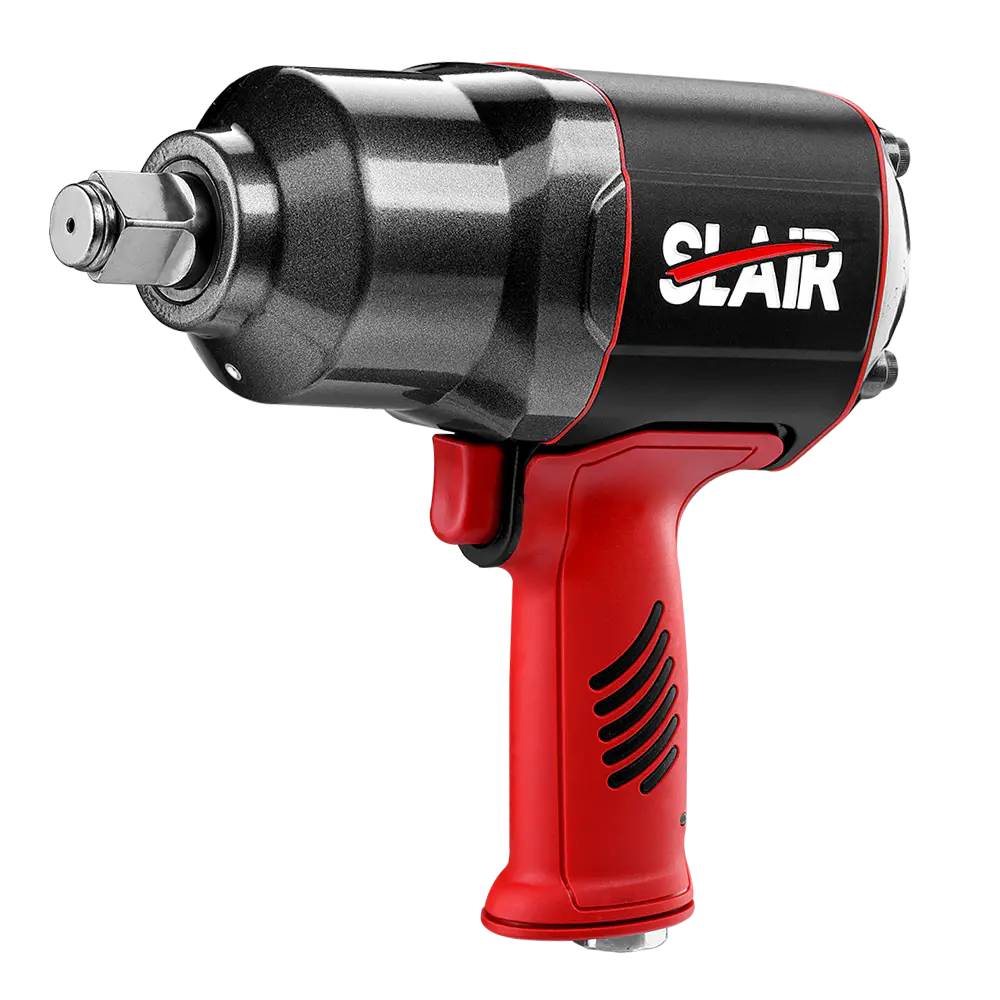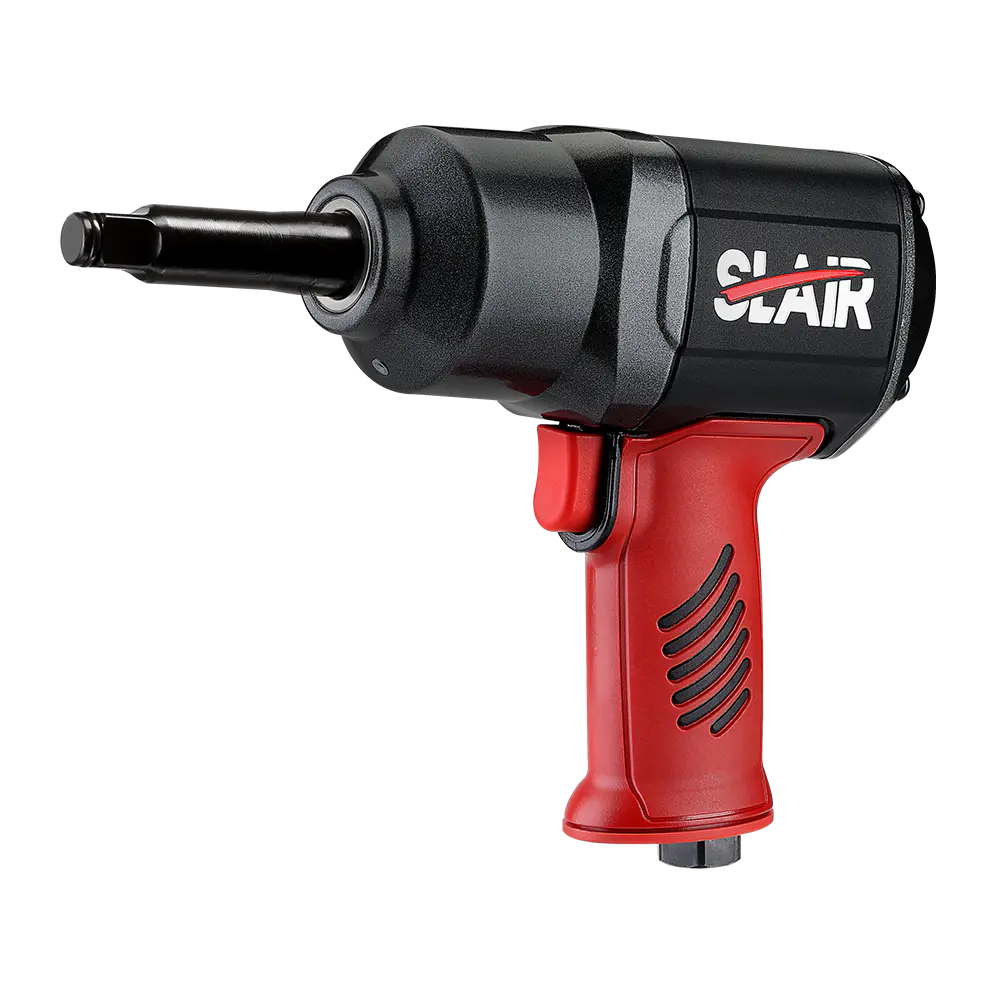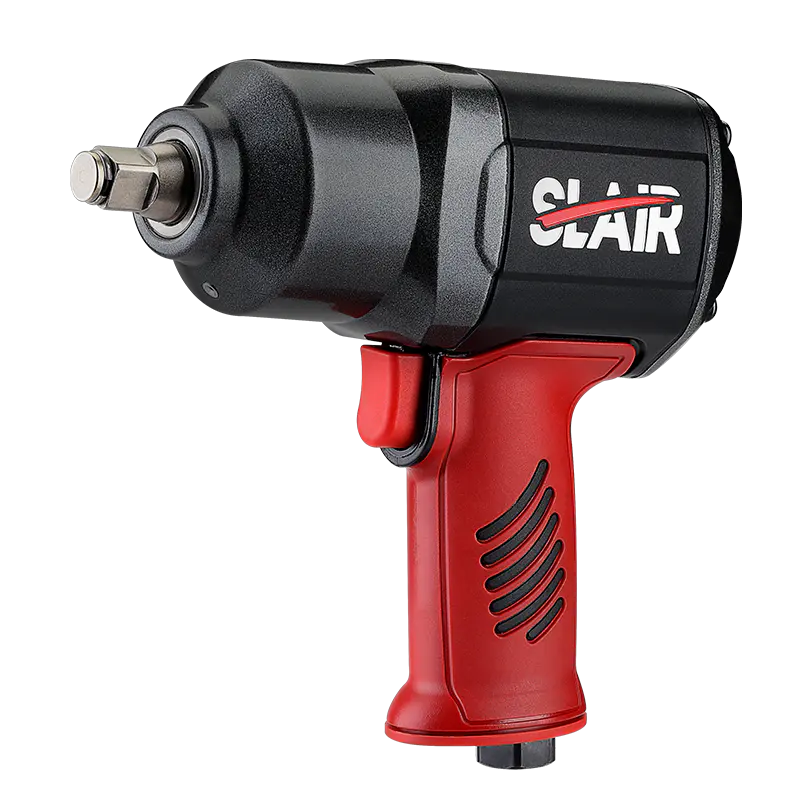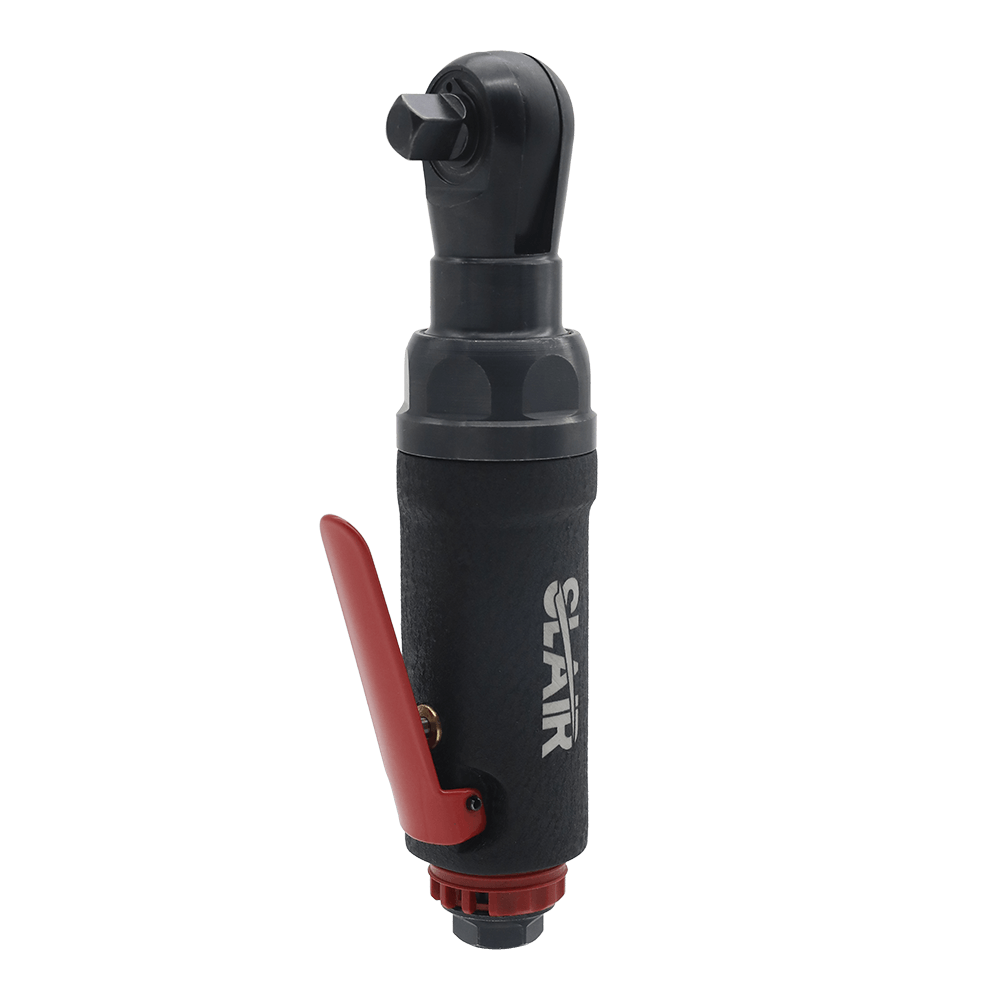The primary function of an Air Tire Buffer is to smooth out the tire's surface, eliminating imperfections caused by wear or road debris. This process helps in redistributing any uneven areas in the tread, ensuring that the tire’s contact patch remains uniform. When tires become uneven due to wear, it can lead to poor contact with the road, which, in turn, can cause imbalances that affect vehicle handling, fuel efficiency, and ride comfort. By smoothing the tread and restoring uniformity, the Air Tire Buffer helps to maintain a balanced tire that rotates evenly. This ensures that the tire makes consistent contact with the road, leading to more even wear across the tire’s surface, reducing the risk of vibrations, steering pull, or irregular tire wear patterns, all of which contribute to improved overall tire balance.
Tires that have worn unevenly, whether due to poor alignment, improper inflation, or other factors, can create vibrations while driving, which are not only uncomfortable but can also accelerate tire wear. Such uneven wear can also lead to tire imbalances, as worn spots may lead to an uneven distribution of weight around the tire’s circumference. An Air Tire Buffer addresses this issue by effectively smoothing out unevenly worn areas and redistributing rubber to prevent any localized wear. This process helps eliminate high spots, deep grooves, or rubber build-up that can create imbalances. With more even wear across the tread, the tire is able to rotate symmetrically, preventing the vibrations that often arise from imbalance and promoting smoother, more comfortable driving dynamics. As a result, the tire remains properly balanced over its lifespan, contributing to better overall vehicle stability and handling.
While the Air Tire Buffer significantly improves the tire surface and balance, it does not directly impact the internal air pressure of the tire. Tire pressure is a critical factor for maintaining optimal tire performance, and while the buffer can help prevent uneven wear and damage, it does not alter or regulate the air volume within the tire. Regular tire pressure checks and adjustments using a tire gauge remain necessary for ensuring that the tire is inflated to the correct pressure as recommended by the vehicle manufacturer. However, the Air Tire Buffer can indirectly support tire pressure maintenance by ensuring that the tire’s surface is smooth and free from debris or material buildup that could affect the tire's structure. By ensuring the tread remains even, the buffer helps prevent uneven areas that could otherwise cause irregularities in tire pressure distribution, reducing the likelihood of leaks or pressure loss caused by localized wear or tire damage. Ultimately, while the Air Tire Buffer does not directly influence pressure, maintaining an even surface can prevent issues that may otherwise compromise tire pressure integrity.
The relationship between tire pressure and surface condition is indirect but still significant. Tires that are worn unevenly tend to experience localized pressure fluctuations, especially at areas of high wear or damage. These localized pressure variations can lead to tire imbalances, as the air pressure might not be distributed evenly across the contact patch. By using an Air Tire Buffer to smooth the tire’s surface and prevent uneven wear patterns, the tire remains in better overall shape, and the pressure distribution becomes more uniform. Proper tire surface maintenance reduces the risk of localized wear that can lead to high or low pressure zones within the tire, ensuring more consistent and stable performance. As a result, the Air Tire Buffer indirectly helps in maintaining a more stable tire pressure by preventing the conditions that lead to pressure loss and imbalance.





 English
English 中文简体
中文简体 русский
русский Deutsch
Deutsch Português
Português Español
Español
















